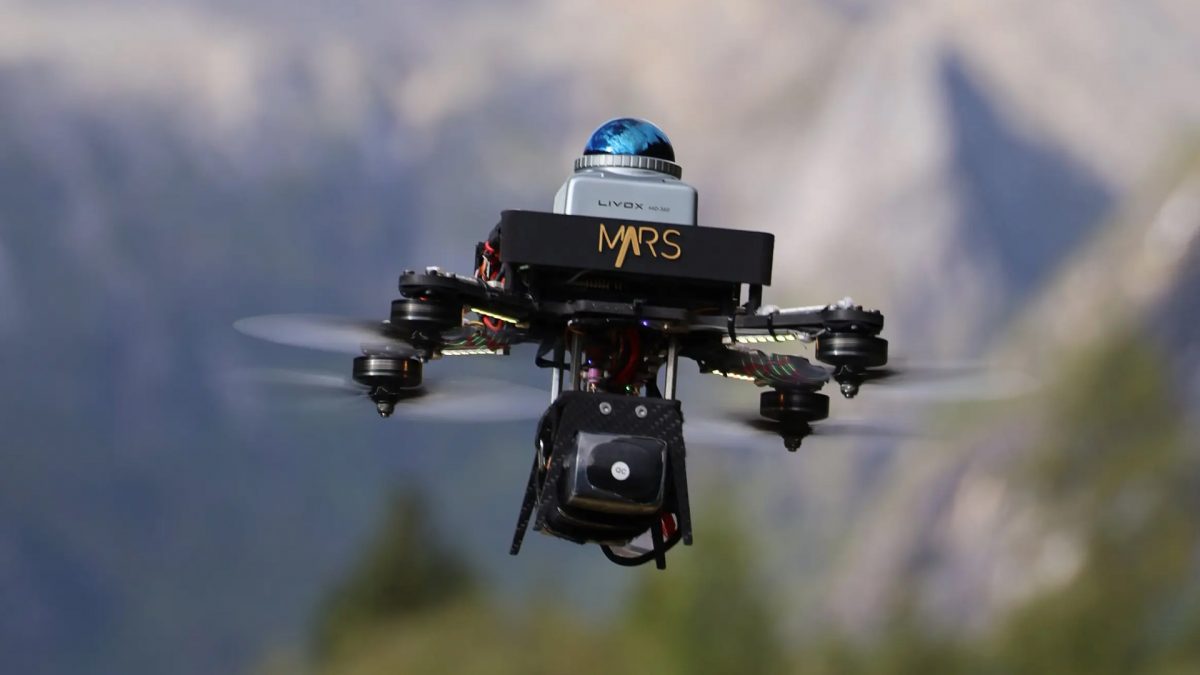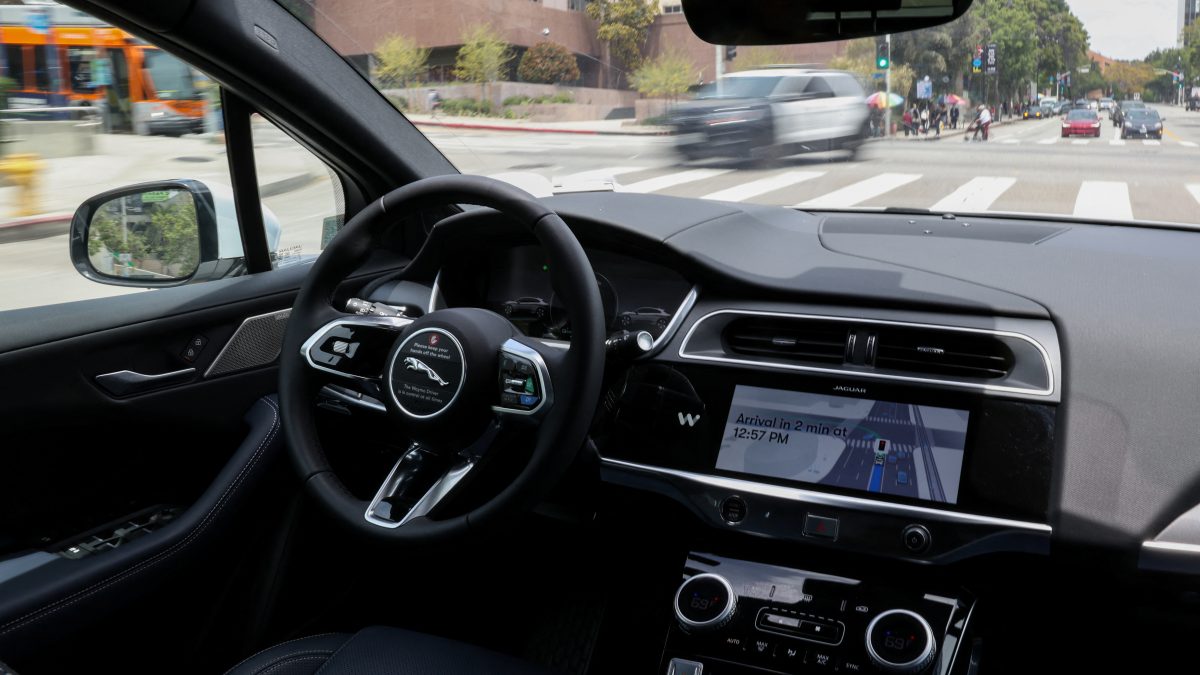Researchers at the University of Hong Kong have unveiled an impressive flying robot designed to zip through tricky environments without breaking a sweat. The quadcopter drone, called SUPER, can reach speeds of up to 20 metres per second, all while expertly dodging obstacles. It’s not just about speed, though. This drone is smart enough to detect even the thinnest wires and navigate in the dark, giving it a leg up over regular drones.
Published in Science Robotics, the study highlighted SUPER’s wide range of potential uses. From search and rescue missions to law enforcement and military reconnaissance, this robot seems ready to take on some serious tasks. Its real charm, however, lies in its brains—powered by futuristic LiDAR tech.
LiDAR: The secret behind the precision
SUPER doesn’t rely on cameras and standard sensors like most drones. Instead, it uses LiDAR (3D light detection and ranging) technology, which scans its surroundings with laser pulses to create a detailed map in real time. This advanced system means the drone can still operate efficiently in low-light environments where other drones might fumble.
The onboard computer analyses the spatial data continuously, enabling SUPER to plan two types of flight paths—one that prioritises safety and another designed for exploration. With a detection range of up to 70 metres, it can spot obstacles and make split-second decisions to avoid them. This precision and versatility set it apart from its competitors.
Battle of the drones: SUPER vs DJI Mavic 3
To showcase SUPER’s abilities, the researchers conducted a head-to-head test against a commercially available drone, the DJI Mavic 3. While the DJI drone had no trouble avoiding large objects, it couldn’t handle smaller, thinner obstacles like wires with a diameter of just 2.5 millimetres. SUPER, on the other hand, breezed past every challenge without a hitch, thanks to its high-resolution point cloud data.
The tests also included complex terrains like dense forests. Here, SUPER excelled by effortlessly tracking moving targets and weaving through trees without so much as a scratch. This level of precision could make it a game-changer in scenarios where speed, autonomy, and obstacle detection are critical.
Impact Shorts
More ShortsA future in high-stakes missions
With its powerful combination of speed, intelligence, and adaptability, SUPER could soon be deployed in real-world scenarios where traditional drones often fall short. Whether it’s a search-and-rescue mission in a dense jungle or a covert military operation, this flying robot seems built to handle it all—no pilot required!


)

)
)
)
)
)
)
)
)



